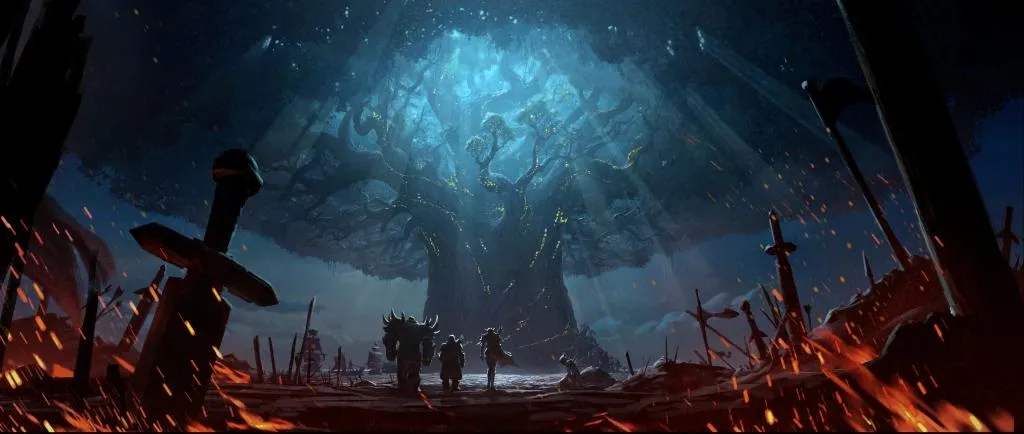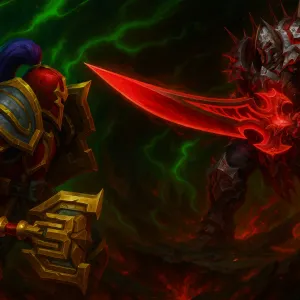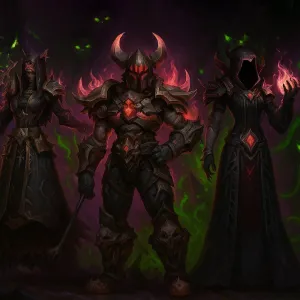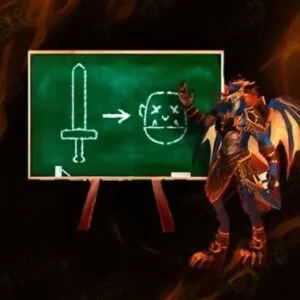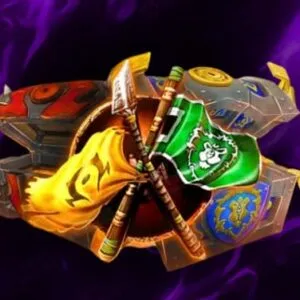WoW TWW Season 2 Complete PvP Guide
World of Warcraft TWW has launched a new era in Season 2 with fresh Hero Talents, class balancing and crowd control changes. Patch 11.1 is called The War Within and brings dynamic encounters that reward quick thinking and teamwork. Whether you’re roaming in 2v2 skirmishes, diving into crazy 3v3 matches or dominating Rated Battlegrounds, you’ll find unique strategies for each environment. Even Solo Shuffle has its own brand of fast paced fun with unexpected team rotations and sudden bursts of synergy. This guide covers the basics, the meta and the gear that matters.
Fundamental Principles of PvP in The War Within
Combat in The War Within is all about strategic crowd control, cooldown usage and situational awareness. Many of these fundamentals are the same across all PvP brackets but the new Hero Talents have changed the flow of combat. Tracking the opponent’s major cooldowns and planning a response is key in Season 2 especially with the new abilities. Blizzard changed the crowd control durations so you need to stagger Disorbs, Stuns and Silences rather than overlap them. Every moment in combat is an opportunity to turn the tide through coordination or positioning.
Many classes use crowd control to set up kills, protect allies or disrupt enemy healing. The table below is a list of typical crowd control abilities and the average duration changes in Patch 11.1. These numbers will help you gauge how long it takes to lock down an enemy healer or how many interrupts a DPS will face. Knowing these intervals will help you coordinate with your team. Quick reference to these durations will help you decide which target is most vulnerable at any given time.
| Class/Spec | Crowd Control Ability | Approximate Duration (PvP) | Notes |
|---|---|---|---|
| Rogue (Subtlety) | Kidney Shot | 4-6 seconds | Scales with Combo Points, crucial for kill set-ups |
| Mage (Frost) | Polymorph | 6-8 seconds | Breaks on damage, synergy with Deep Freeze in older expansions but still powerful in TWW |
| Priest (Shadow) | Psychic Horror | 3-4 seconds | Short fear effect, synergy with Silence |
| Warlock (Affliction) | Fear | 5-6 seconds | Great for rotating CC with Mortal Coil |
| Hunter (Marksman) | Freezing Trap | 6-8 seconds | Must be aimed carefully, breakable by accidental damage |
Knowing these durations will prevent allied stuns, fears and polymorphs from overlapping. It will also give you insight on when to pop defensive abilities since the initial CC usually signals an offensive push. Teams that track enemy cooldowns well will have smoother coordination when setting up or countering kill attempts. A single well timed stun can create an opening for a win. Master these fundamentals and you’ll be well on your way to climbing the ranks in Season 2.
Patch 11.1 Changes
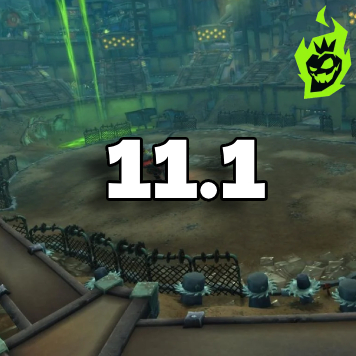
Patch 11.1 brought several changes that affected damage, survivability and utility across many classes. Some specs like Shadow Priest and Affliction Warlock got buffs that increased their group pressure and burst. Frost Death Knights got new attacks that punish clustering enemies due to Remorseless Winter synergy. Many underplayed classes like Outlaw Rogue found new ways to sustain and lock down targets. Overall the Season 2 meta seems more balanced and offers opportunities for all playstyles.
Comparing some specs side by side will show you how the power balance changed. The table below is a list of notable changes for some of the more influential specs in The War Within. The numbers are approximate and based on the changes. While the actual numbers will vary based on gear and personal skill, these will give you an idea. Understanding these changes will help you see how each spec fits into the current PvP landscape.
| Specialization | Damage Increase (%) | Survivability Increase (%) | Utility Changes |
|---|---|---|---|
| Shadow Priest | +10 to DoT effects | +5 to self-healing | Silence cooldown reduced by ~10% |
| Affliction Warlock | +8 to spread damage | +3 via passive shields | Fear range extended slightly |
| Frost DK | +12 to AoE burst | +2 from improved Icebound Fortitude | Remorseless Winter synergy with Pillar of Frost |
| Outlaw Rogue | +5 consistent DPS | +10 from improved defensive CDs | Shorter Kidney Shot cooldown |
| Disc Priest | +7 to burst healing | +5 from shield absorption | Minor cooldown reduction on Penance |
These changes encourage more team compositions and creative counterplay. Hybrid casters like Disc Priest are still strong, damage dealers like Warlocks and Death Knights thrive on spread or AoE burst and some specs fill niches with CC or anti-CC. Less reliance on a single class means more strategic depth in arena and battlegrounds. Understanding how classes work together is key to success.
Strategies for 2v2, 3v3, Rated Battlegrounds, and Solo Shuffle
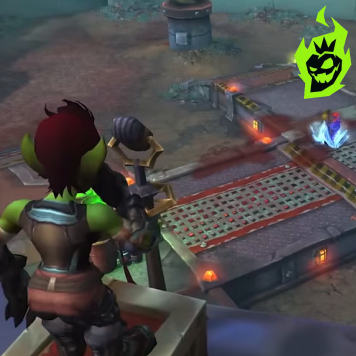
Team-based brackets in The War Within are all about coordination, map awareness, and timing. Each bracket has its own demands, but the underlying synergy principles are the same. A small arena is all about quick kills and well-timed CC chains, Rated Battlegrounds reward group coordination and target calling, and Solo Shuffle is unpredictable but still strategic. Group size affects cooldown management, positioning, and target priority.
Below are general strategies for 2v2, 3v3, Rated Battlegrounds, and Solo Shuffle, with attention to synergy and role responsibilities:
- 2v2 Arena: Force enemy healer trinkets early and rotate stuns, then go for a kill in the next CC chain. Position near pillars to break line of sight and remain aware of target swaps.
- 3v3 Arena: Layer stuns, fears, and polymorphs to isolate a healer or shut down high damage threats. Communication between DPS and healers is crucial for dealing with cleave teams.
- Rated Battlegrounds: Assign specific roles before the match, like flag carriers, dedicated defenders, and floaters who respond to attacks. Classes like Warlocks excel at spread pressure while melee DPS can peel or focus single targets.
- Solo Shuffle: Expect random compositions, so pick talents for personal survival and consistent damage. Track enemy offensive cooldowns since a single burst window can decide the round.
Regardless of bracket, success depends on how well you coordinate bursts, defend key players, and time crowd control. Each bracket has different map layouts and pacing, but synergy and awareness remain the core principles. Reaction time and adaptation set apart the best players from the rest. Always refine your approach based on matchups and synergy with your teammates.
Gear Considerations in Season 2
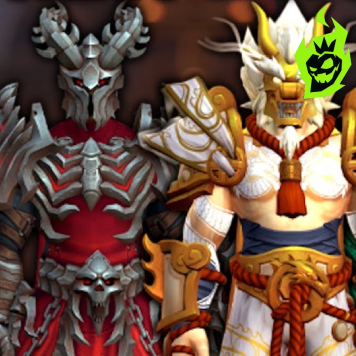
Efficient gearing is essential to thrive in The War Within Season 2. Honor gear provides a decent start, while Conquest gear pushes you to the top of the power curve. Certain items come with special procs or synergy-based interactions to bolster healing, burst, or defense. Tier sets are also in play, providing 2-piece and 4-piece bonuses that can reshape a spec’s performance. Most players prioritize upgrading their weapon first for the biggest impact.
The table below outlines approximate item levels for Honor gear, Conquest gear, and tier sets, referencing Season 2’s scaling. Actual in-game item levels may vary slightly but these give a sense of the difference in power:
| Gear Type | Avg. PvP Item Level | Possible Tier Bonus | Best Upgrade Path |
|---|---|---|---|
| Honor Gear | ~424 in PvP | None | Good initial step, easy to farm |
| Conquest Gear | ~450 in PvP | None | Highest baseline stats in Season 2 |
| Tier Set (2 pc) | Varied but ~450+ | Minor synergy boost | Works best with your class’s main damage/heal kit |
| Tier Set (4 pc) | Varied but ~450+ | Major synergy boost | Crucial for top-tier performance |
| Weapon (Conquest) | ~450 in PvP | N/A | Largest single increase to DPS/heals |
Most specs see a dramatic boost from the 4-piece tier set, though it requires more time and resources to collect. Trinkets with on-use burst or synergy-based passives can further magnify your damage or survival. Tracking your weekly Conquest cap and using it wisely ensures you keep pace with other competitive players. Don’t forget to enchant or gem your new pieces as soon as possible for maximum benefit in matches.
How to Get Better PvP Ratings
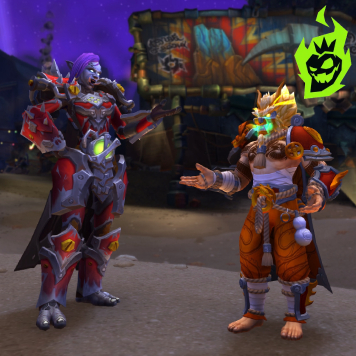
Moving up the ladder in The War Within requires adaptability and awareness. Matches often boil down to how well you rotate defensive cooldowns, time crowd control, and exploit enemy weaknesses. Opponents watch your movement and punish small mistakes. The pressure can be intense, so refining personal gameplay and communication is vital. The best players remain calm during high stakes moments.
Here are some proven methods used by high-rated PvPers:
- Watch Match Footage: Review past games to spot missed interrupts, poorly timed defenses, or overlapping CC.
- Coordinate Defensive Trading: Don’t blow major defensives simultaneously; rotate them to cover key threats.
- Map Awareness: Pillars, ramps, and corners can make or break a kill window or help you reset if threatened.
- Team Synergy: Even in Solo Shuffle, track your allies’ debuffs and CC attempts to set up kills.
- Opponent Cooldowns: Keep a mental log of big enemy abilities like Combustion or Pillar of Frost to avoid sudden wipes.
These tips will sharpen your arena, BG, or shuffle performance. Relying on synergy with teammates or strategic positioning can turn losing fights around. The biggest difference between an average team and an elite one is how well they track cooldowns and communicate. By keeping calm, analyzing replays, and prioritizing synergy, you’ll find consistent improvement in Season 2’s competitive scene.
